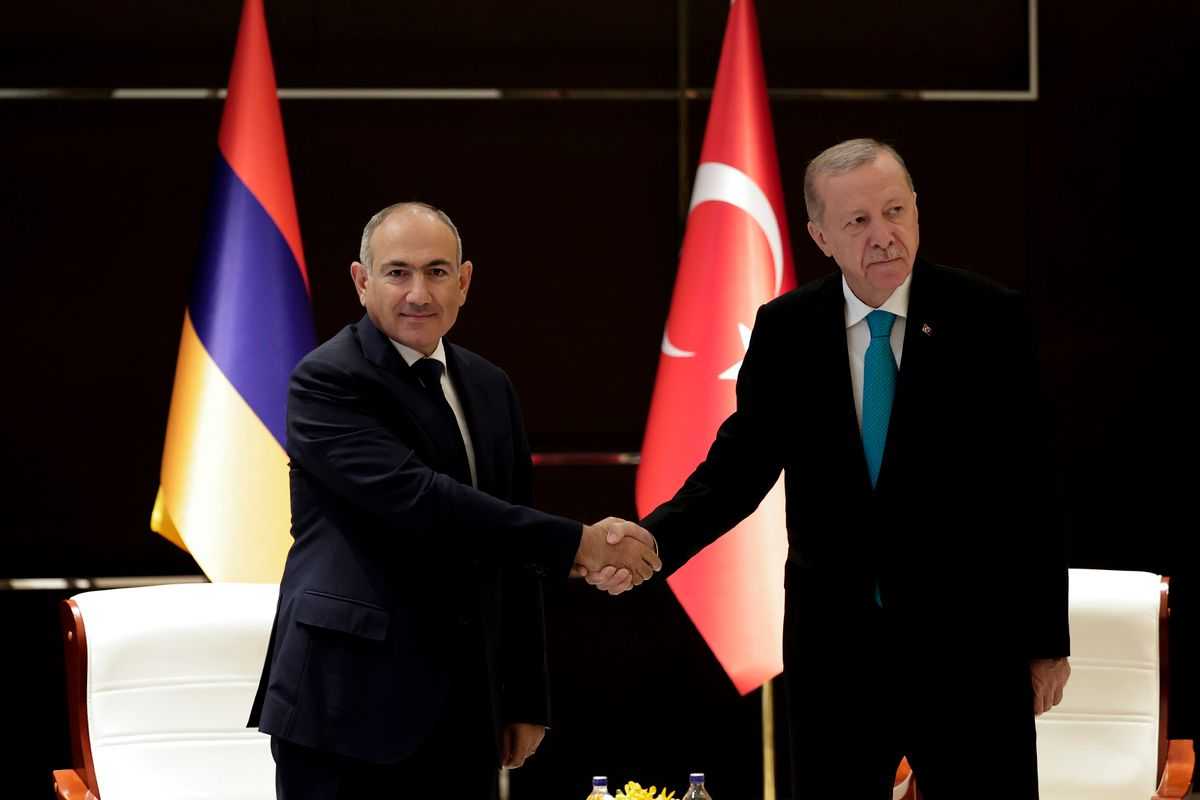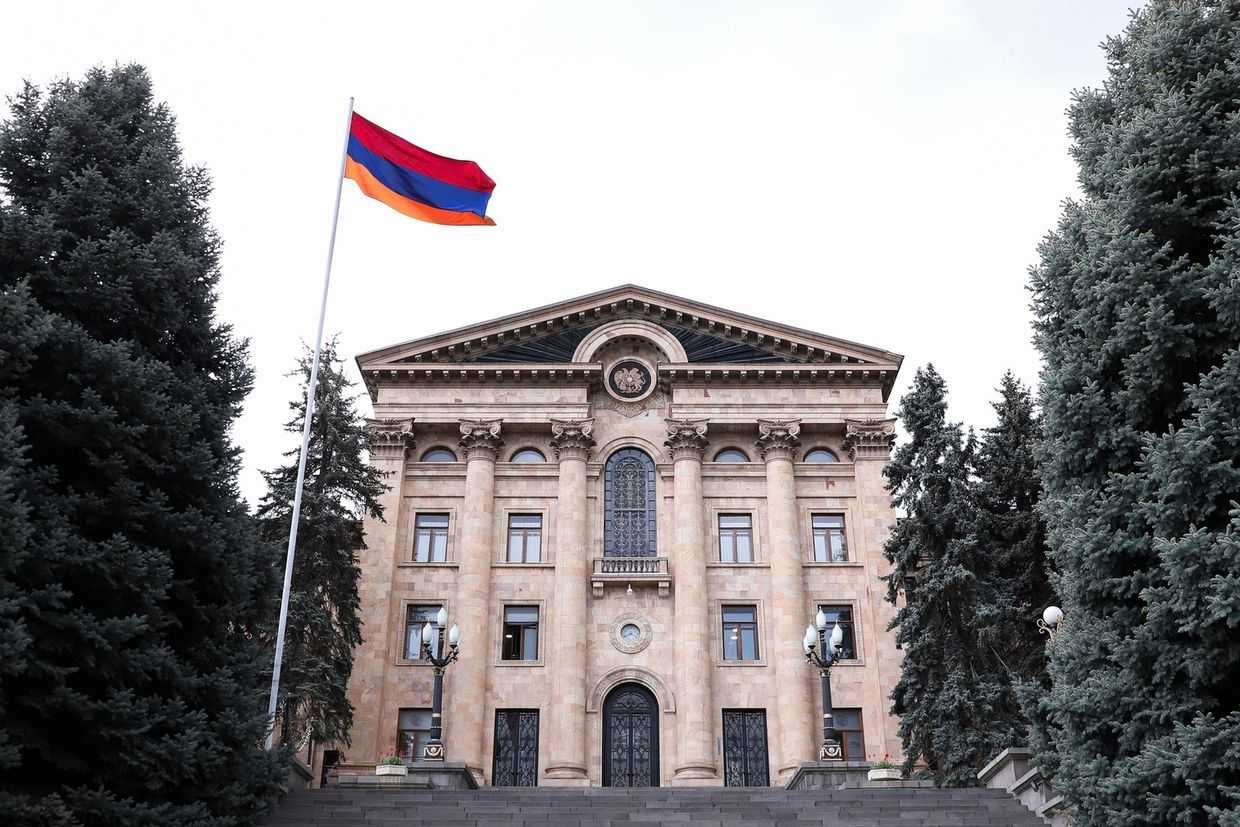
Azerbaijani president Ilham Aliyev has announced that the Azerbaijani armed forces have taken control of the city of Lachin (Berdzor) and two nearby villages, after the deadline passed for their Armenian inhabitants to leave.
The handover of Lachin, Aghavno (Zabukh), and Nerkin Sus (Sus) was part of the November 2020 ceasefire agreement, which stipulated that a new route for the Lachin corridor be created.
According to the agreement, a new route for the corridor, the only remaining connection between Armenia and Nagorno-Karabakh, was expected to be decided within three years from November 2020.
However, earlier this year, Azerbaijan demanded the handover be completed as Azerbaijani forces clashed with soldiers from the Nagorno-Karabakh defence forces in the area. The clashes left at least seven people dead.
[Read more: Tensions flare in Nagorno-Karabakh]
The evacuation of Armenian residents was completed mostly without incident, though in several cases people set fire to their homes before leaving, leading to complaints from the Azerbaijani side.
Prior to the announcement of the evacuation 20 days earlier, around 180 people lived in Aghavno. Along with the city of Lachin, it was the only Armenian-inhabited settlement in the five-kilometre-wide corridor.
Before the First Nagorno-Karabakh War in the 1990s, the area had a majority Azerbaijani population, all of whom were forced to leave.
Some of the residents of Aghavno and Lachin were ethnic Armenian Lebanese and Syrian families who resettled there after fleeing the Middle East.
As Thursday’s deadline approached, children from Aghvno joined a summer camp organised by a group of young people in Armenia’s Gegharkunik Province during the evacuation.
‘Initially, it was planned to have the kids of fallen soldiers from Artsakh [Nagorno-Karabakh] in the camp’, Vache Vardanyan, one of the organisers, told OC Media. ‘But we had the opportunity to prevent over a dozen school-aged children from seeing the depressing scenes of displacement’.
The children subsequently joined their families who have been temporarily settled in the southern Syunik and central Kotayk provinces.
‘The families were happy for the chance to get people out. First, there was a real fear of a new escalation, as the previous one was only a few days ago, and then they didn’t want their children to go through the stress’, Vardanyan said.
The authorities in Armenia and Nagorno-Karabakh have offered compensation to the residents to live either in Nagorno-Karabakh or Armenia. According to local government officials, most of the residents preferred to move to Armenia.
The new route
According to the Interior Ministry of Nagorno-Karabakh, the current route is, for now, still open for transit to and from Nagorno-Karabakh. The new road is set to open by the end of August.
A new road built by Azerbaijan passes south of the previous road, through the Hin Shen and Mets Shen villages of Nagorno-Karabakh.
Near Stepanakert, however, the road connects with the previous corridor, not bypassing Shushi.
The Armenian side, however, did not finish the construction of the road that will link with the corridor from the Armenian side.
An alternative, 4.5-kilometre road will serve as a temporary solution before Armenia is due to complete construction, in 8 months’ time.
According to Armenian journalist and researcher Tatul Hakobyan, part of the temporary road will also pass through Azerbaijan, where Russian peacekeepers will be deployed.
Another change in the route is due to be implemented in the future to bypass Shusha (Shushi), which Azerbaijan took control over in 2020.
However, details about the future construction to fulfil the agreement have not yet been made public.
For ease of reading, we choose not to use qualifiers such as ‘de facto’, ‘unrecognised’, or ‘partially recognised’ when discussing institutions or political positions within Abkhazia, Nagorno-Karabakh, and South Ossetia. This does not imply a position on their status.








